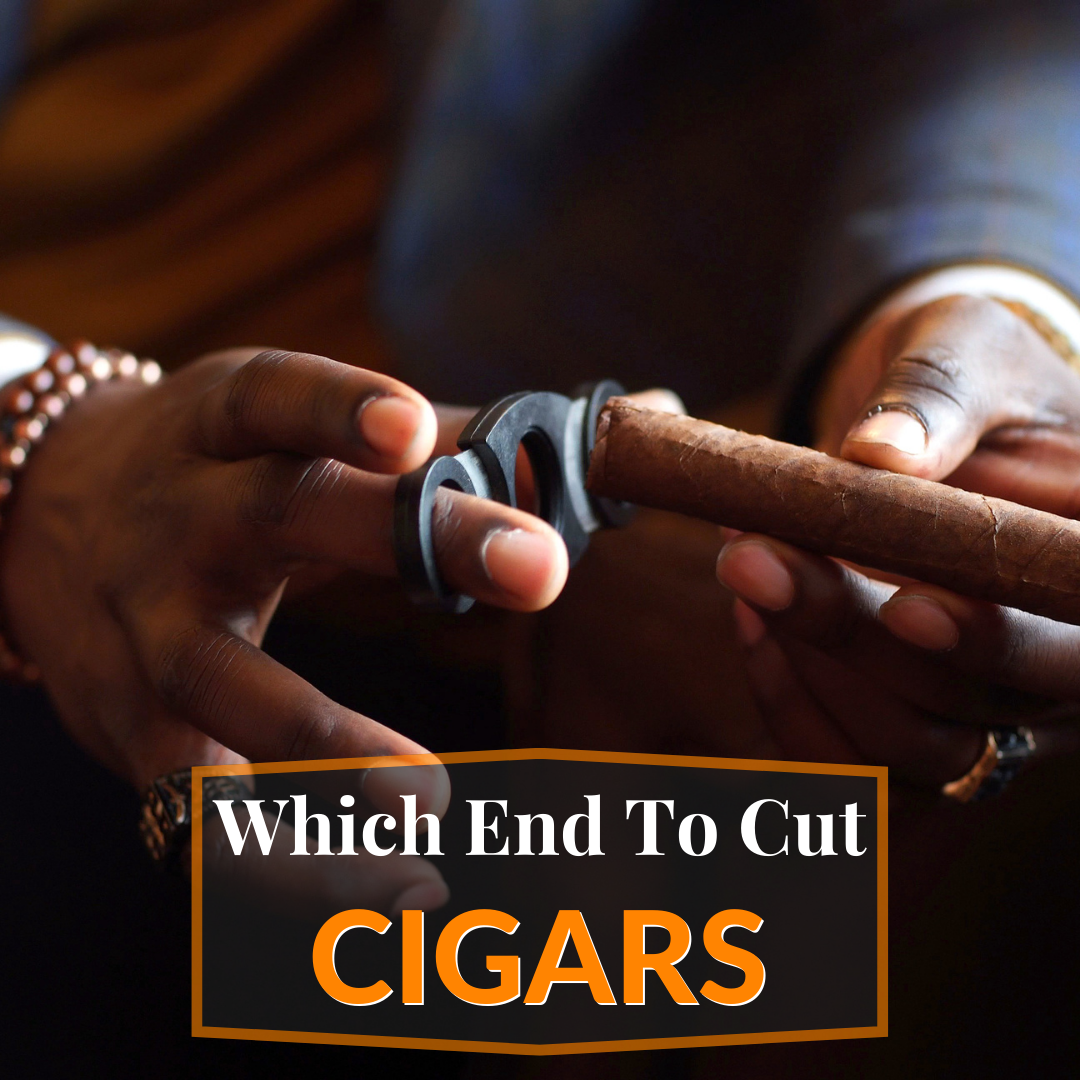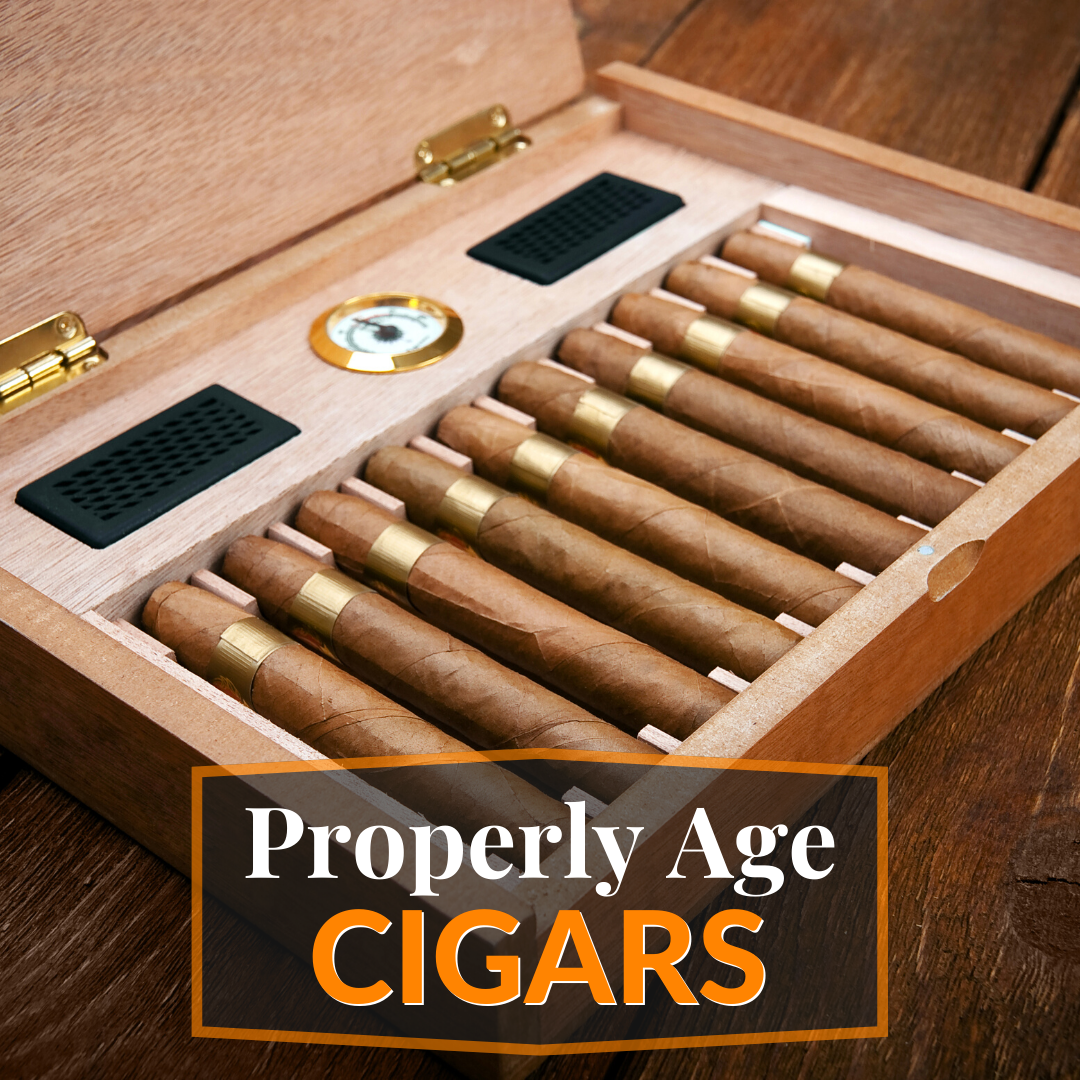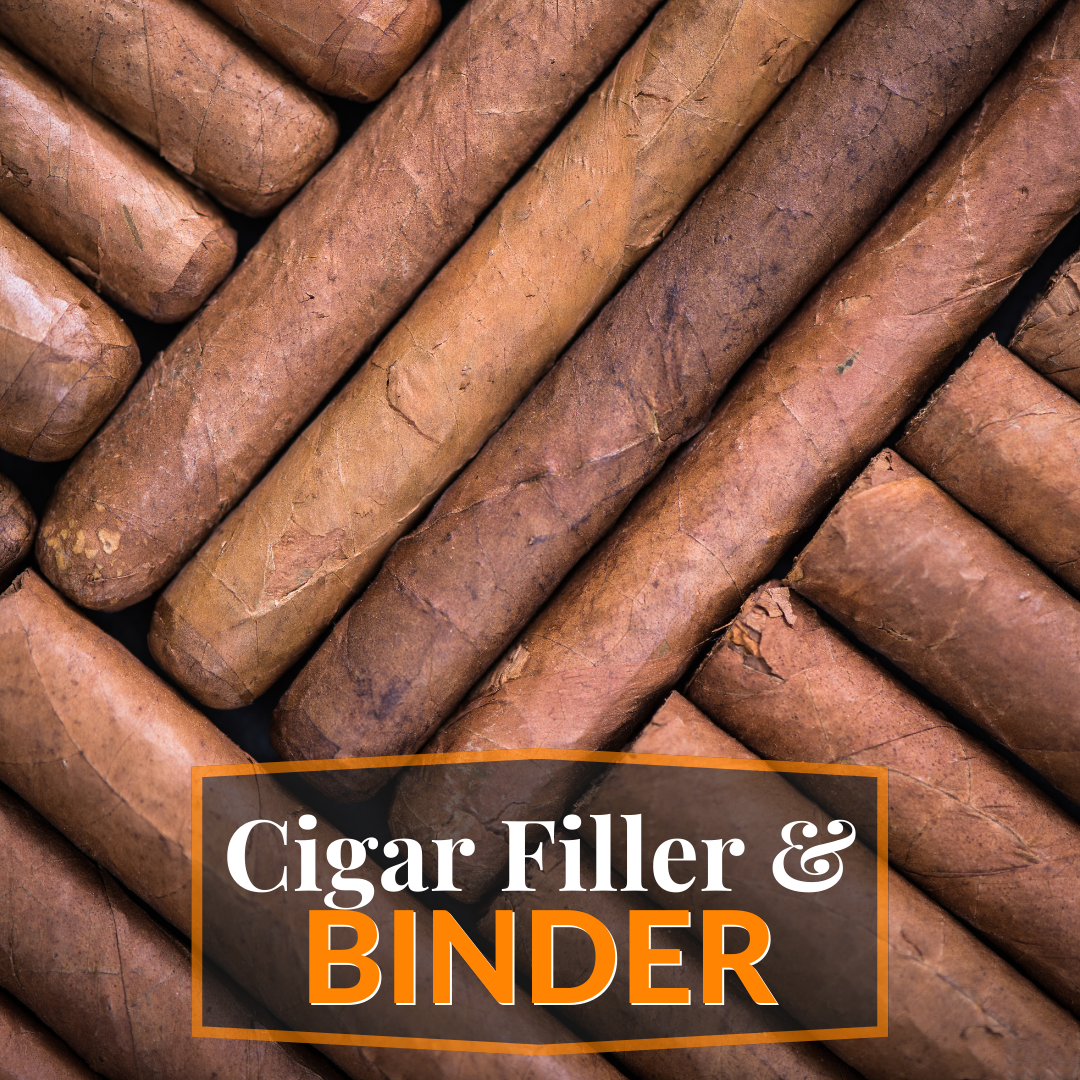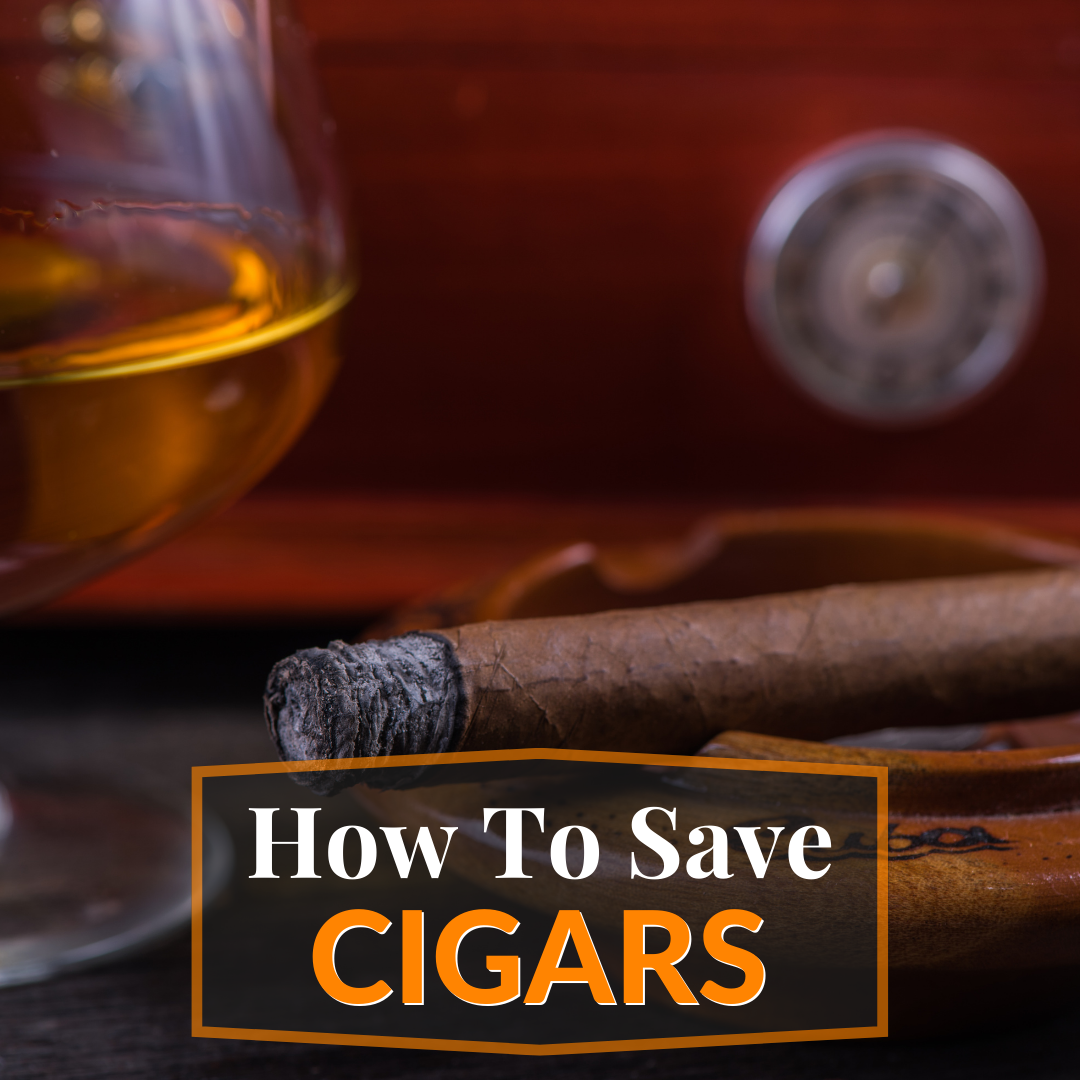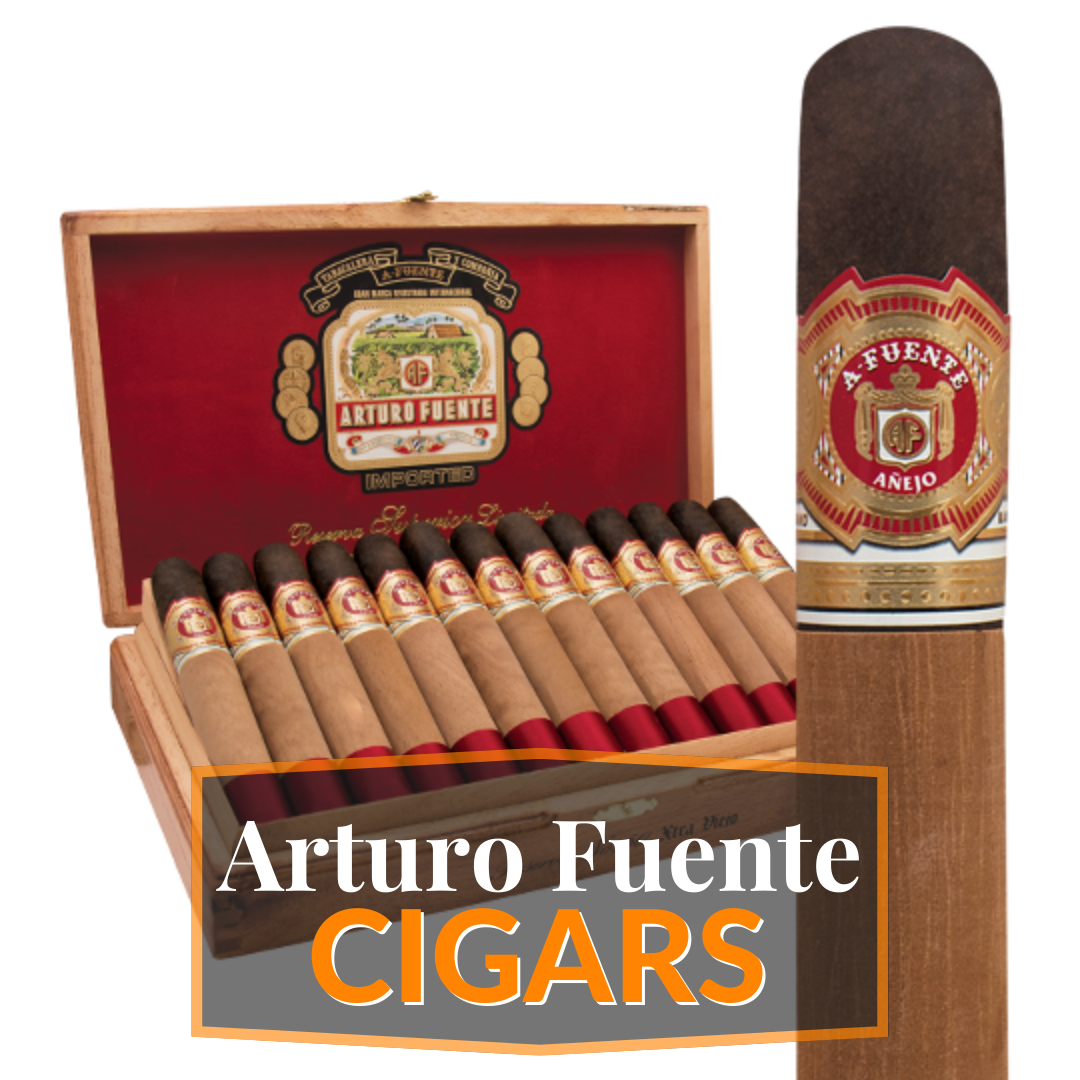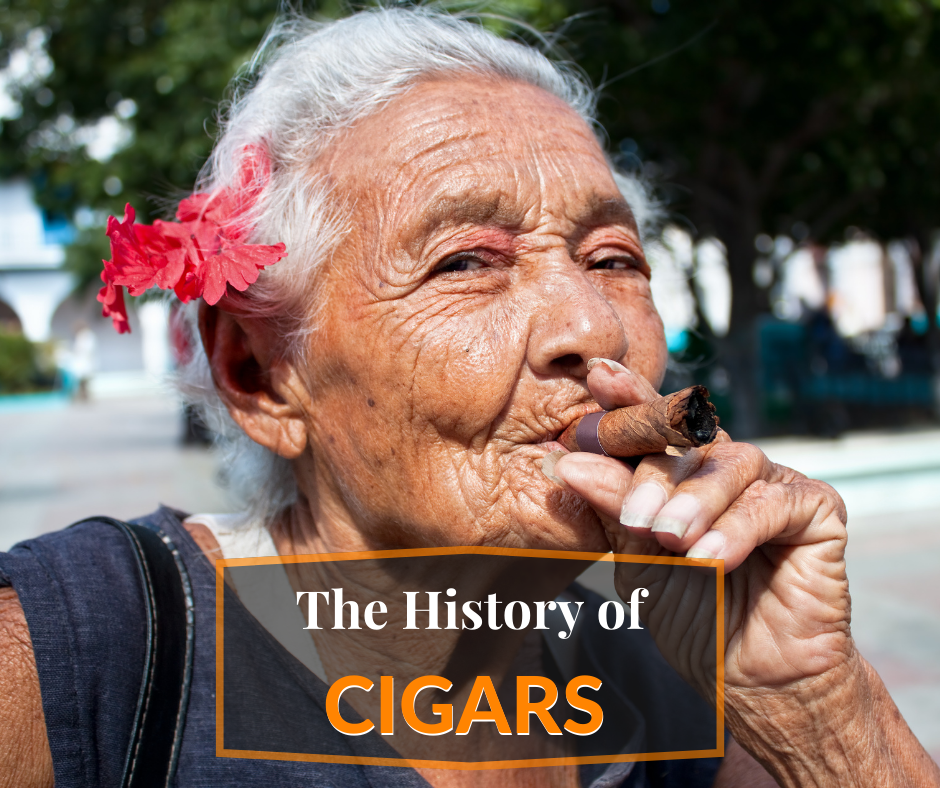
Key Takeaways:
- The history of cigars dates back to ancient Mayan cultures, where tobacco was used for religious ceremonies before being discovered by Christopher Columbus.
- Cigar smoking became popular in Europe during the 16th century, and it was seen as a status symbol of wealth and sophistication. The Cuban tobacco industry rose to prominence in the 19th century, under the Spanish monopoly.
- Today, cigars have become a global phenomenon with a wide variety of brands and types. The finest cigars of the Americas include the Cohiba Esplendido, the CAO Gold, and the Romeo y Julieta 1875 Reserve Maduro, each with their own unique history and backstory.
The Origins of Cigars
As a cigar enthusiast, I’m always curious about the rich history and evolution of my favorite indulgence. When exploring the origins of cigars, it’s fascinating to learn that the first traces of cigar smoking date back to the ancient Mayans. Christopher Columbus, on his famous voyage to the Americas, discovered tobacco and introduced it to Europe. Soon after, cigar smoking gained popularity in Spain, Portugal, and France. However, it was the rise of the Cuban tobacco industry and the Spanish monopoly that truly transformed cigars into a symbol of luxury and status.
Let’s dive deeper into each of these sub-sections to learn more about the evolution of cigars.
The Mayan Origins of Cigars: The Mayans Are the History of Cigars
The conception of cigar-making takes us back to the days of the Mayan civilization, which existed between 2000 BC and 1500 AD. Artifacts excavated from this era signify that the Mayans utilized tobacco in many forms, including cigars. These ancient people would roll tobacco leaves into tight bundles or tubes and then smoke them for a multitude of health benefits.
As mentioned before, the ancient Mayans were among the first to create and smoke cigars. They understood the value of tobacco’s medicinal properties and incorporated it into their daily lives in various forms. They would crush and grind it down to make snuff, burn it as incense, chew it, inhale its fumes using pipes made out of stone or clay, and roll it into what we now know as cigars.
Interestingly, despite being widely used throughout history by different civilizations for different purposes – religious rituals or healing practices- Today’s cigar making represents an art form rather than a medical practice. Nowadays handmade cigars denote luxury goods that convey sophisticated elegance.
Additionally, while buying a quality cigar might seem out of your budget comfort zone, there are ways to save on a premium taste. Firstly you can subscribe to newsletters from online retailers who give exclusive deals and discounts on orders; alternatively purchasing sampler packs helps you explore distinct brands at once allowing you to choose your favorites without committing too much money upfront.
In Columbus’s defense, he had no idea that discovering a new continent would lead to so many bad habits.
Christopher Columbus and the Discovery of Tobacco: The Real Win From 1492
Upon his arrival to the Americas, Christopher Columbus was introduced to a plant known as tobacco. This discovery led to the popularization of tobacco in Europe in the 16th century. As an explorer and trader, Columbus brought tobacco back with him on his voyages and it quickly became a highly valued commodity among European aristocrats. The indigenous peoples of the Americas had been using and cultivating tobacco for centuries prior to Columbus’ arrival, but it was his introduction of it to Europe that sparked its global popularity.
Tobacco’s reputation as a luxury item continued to grow, and soon cigar smoking became a status symbol among European elites. The Spanish were particularly fond of cigars and they began importing large quantities from Cuba after establishing a monopoly on Cuban trade in the late 18th century. This demand for high-quality cigars eventually led to the rise of the Cuban tobacco industry.
Despite its initial popularity, cigar smoking faced challenges in later years due to factors such as health concerns and economic sanctions. The US embargo on Cuban cigars prompted many cigar producers in Central America, particularly in Nicaragua and Honduras, to increase their production and offer new blends.
Christopher Columbus may not have realized it at the time, but his discovery of tobacco played a significant role in shaping global culture. Today, cigars remain an iconic symbol of luxury and are enjoyed by people all over the world. Spain, Portugal, and France popularized cigar smoking, proving once again that Europeans just love to inhale smoke and pretend like it’s classy.
Popularization of Cigar Smoking in Spain, Portugal, and France
The rise of smoking cigars in Spain, Portugal, and France was caused by the exploration and colonization of the New World. Christopher Columbus brought tobacco leaves back to Spain from his second voyage, which gradually led to cigar smoking becoming a popular pastime amongst royalty and aristocracy. Cigar smoking became an elitist status symbol that spread throughout Europe. It wasn’t until the 19th century that cigars were introduced to the general public through the advance of mass production techniques.
Spain played a crucial role in the development of cigars as they monopolized its production for centuries. Major political events such as Napoleonic War ultimately led to Spanish power being weakened allowing other countries such as Portugal and France to develop their own tobacco industries.
Interestingly enough, it was not just Europeans who indulged in cigars but also the new world nobility such as George Washington, Thomas Jefferson, Napoleon Bonaparte’s troops; with Napolean himself also a smoker.
Despite being viewed negatively today due to increased health concerns; cigarette smoking rose in popularity in the late 19th century was still positively associated with wealth and culture even many famous actors of Hollywood’s golden era were known for their addiction to ‘smokes’.
Cuba’s tobacco industry was so successful that even the Spanish monarchy couldn’t resist lighting up.
The Rise of the Cuban Tobacco Leaves Industry and the Spanish Monopoly
The exponential growth of the Cuban tobacco industry and the Spanish monopoly occurred due to the high-quality tobacco grown in Cuba. During the 18th century, smoking cigars became trendy among affluent Europeans, creating a demand that only the Cuban tobacco industry could meet. The Spanish government imposed restrictions on foreign trade, enabling them to have a stronghold on the production and distribution of Cuban cigars. By monopolizing this market, Spain ensured that no rival countries would intervene, providing Cuba’s cigar industry with exclusive access to Europe’s high-end consumers.
Due to such practices by Spain, it gave birth to colonial-era trades monopolies where a single colonial power is able to control certain resources or large areas for their benefit. This dominance by Spain led its rival countries like Portugal and France to establish their own cigar industries via developing their plantations or reliance on imported tobacco.
Despite fierce competition from other nations’ cigar industries, Cuban cigars continued their supremacy through innovation and improvement in production techniques, making them stand out as an epitome of luxury goods even today.
Pro Tip: To enjoy the best flavors and aromas of a Cuban cigar, this luxury item needs storage in a humidor before smoking it- controlling humidity is key!
Cigars: because sometimes you need to puff away your problems like a boss.
The Global Popularity of Cigars
As a cigar enthusiast, it’s fascinating to see how cigars have evolved over the years, becoming a global icon of luxury and status. In this part of the article, we explore the global popularity of cigars, covering two main themes:
- Cigars in popular culture and cigars as a status symbol
- The rise of Central American producers amidst the US embargo on Cuban cigars
From Hollywood stars to world leaders, cigars have been a ubiquitous presence in popular culture for decades. Meanwhile, the ongoing US embargo on Cuban cigars has given rise to a new generation of artisanal cigar producers in countries such as Nicaragua, Honduras, and the Dominican Republic, that are quickly gaining recognition for their high-quality products.
Cigars in Popular Culture and as a Status Symbol
The cultural and financial significance of cigars is undeniable. In popular culture, cigars hold a position of power, wealth, and luxury. They have been utilized as icons or symbols of wealth, success, and status since the early 18th century. The era’s wealthy individuals smoked them in public to display their financial status. Moreover, films and television dramas have underscored their applications as status symbols over the years.
Cigars in popular culture have played a critical role in amplifying the association between cigar smoking and social status. For instance, they are often seen as an accessory at lavish events or even used during ceremonial rites such as weddings. This phenomenon has greatly affected society’s perception of smokers–smoking cigars equates to sophistication.
One unique aspect of tobacco-consumption within the American culture is that taking a “smoke break” has become a business norm for most professionals, particularly males. It can be observed that workplaces often encourage workers to lay back with a cigar on hand during work breaks or meetings to strengthen interpersonal relationships and establish camaraderie amongst team members.
It’s worth noting that cigar smoking was an initial way for Native Americans to utilize the tobacco plant. Later Christophhe Columbus disseminated it internationally throughout his voyages; he reported that local tribes enjoyed its usage after encountering it in Cuba when he landed there around 1492.
True fact: Prohibitionist Womanizer JFK procured his preferred Cuban cigars from Pierre Salinger via his secretary rather than through official channels (source: Washington Post)
The US embargo on Cuban cigars created a void so big, Central American producers had to step up their game and fill it with their own smooth smokes.
The US Embargo on Cigars From Cuba and the Rise of Central American Producers for Cigars in the United States
The trade embargo imposed by the US on Cuban cigars paved the way for Central American producers to rise in popularity, leading to a boom of cigar production in the region.
| Country | Top Cigar Brands | Description |
| Nicaragua | Padron, Drew Estate, Oliva, Joya de Nicaragua | Nicaragua’s fertile soil and favorable climate make it perfect for growing tobacco. |
| Dominican Republic | Arturo Fuente, Davidoff, Montecristo | Dominican Republic’s cigar industry emerged after Cuba became closed off to the United States. |
| Honduras | Alec Bradley, Camacho, Rocky Patel | Honduras has gained a reputation for producing milder cigars and has become a major player in the cigar industry. |
Central American countries such as Nicaragua, Honduras and the Dominican Republic have capitalized on US restrictions on Cuban imports by cultivating their own high-quality tobacco. The US embargo enabled these countries to export premium handmade cigars at lower prices than comparable Cuban brands while gaining market share among connoisseurs.
According to a report from Bloomberg Businessweek, sales of Honduran cigars increased by over 200% between 1990 and 2015. This growth can be attributed to the embargo on Cuban goods and improvements in quality of non-Cuban products.
If you want to smoke like a spy, try the Cohiba Esplendido, the cigar with a CIA backstory.
The Finest Cigars of the Americas
As a cigar aficionado, I am always on the hunt for the finest cigars from around the world. One region that has consistently produced some of the best cigars in the world is the Americas. In this part of the article, I will walk you through the world of exquisite cigars from the Americas.
The sub-sections include the famous Cohiba Esplendido, which has not only Cuban roots but also a fascinating backstory involving the CIA. We’ll also explore the entrepreneurial CAO Gold, a cigar that embodies the hard work and dedication of a family-run business. Finally, we will delve into the world of Romeo y Julieta 1875 Reserve Maduro, a brand reputed to be Winston Churchill’s favorite cigar.
So sit back, relax, and let’s discover the fascinating history and flavors of these three outstanding cigars.
Cohiba Esplendido: The Classy Smoke with a CIA Backstory
The classy Cohiba Esplendido cigar has an interesting backstory involving the CIA. Fidel Castro, a cigar lover, gifted these cigars to high-ranking officials in Cuba. When the US embassies shut down in Havana, officials were left without their favorite smokes. The CIA turned to a rich businessman in Honduras who had ties to Cuban cigar makers and started importing them illegally to the US, including Cohiba Esplendidos.
Cohiba Esplendidos are known as one of the best cigars due to their rich and complex flavor. They use high-quality tobacco leaves from the Vuelta Abajo region of Cuba, making them rare and expensive. The creamy smoke and nutty aroma make it a favorite of many.
Unique details about this cigar include its exclusivity and association with high society. Celebrities such as Arnold Schwarzenegger have been spotted smoking Cohibas, further solidifying their status as a luxury item.
In one interesting story involving these prestigious cigars, former Cuban leader Fidel Castro presented his friend Italian journalist Gianni Minà with an entire box of Cohiba Esplendidos after an interview. Later, while Minà was being detained by Italian authorities for smuggling contraband tobacco, he was able to bribe his way out of jail with just two Cohibas from that same box.
Overall, Cohiba Esplendido stands tall in the world of cigars with its luxurious flavor and intriguing backstory involving international power players like Fidel Castro and the CIA.
CAO Gold: Because nothing says ‘work hard, play hard’ like a cigar made by a family who lives by that motto.
CAO Gold: The Entrepreneurial Spirit of a Family-Run Business
A family-run business that embodies entrepreneurial spirit is CAO Gold, a cigar company and brand that originated in America. The founding fathers of this company were keen on creating high-quality cigars that stood out in the market. They started by blending different tobaccos which captured the attention of experts and connoisseurs alike. In addition to using innovative methods, they also relied on traditional techniques passed down from one generation to another. This resulted in the creation of CAO Gold, a cigar loved by many.
CAO Gold’s marketing strategy was based on an astute observation of their customers’ preferences and needs. Their marketing campaigns resonated with audiences because they spoke to them directly, using their language and catering to their unique interests. Not only did this approach help them gain loyal fans but it also earned them respect for being authentic and socially responsible.
What sets CAO Gold apart from other cigar brands is their willingness to experiment with new flavors while still preserving the essence of classic cigars. They successfully created blends with rich creamy notes yet maintain a smooth finish that is unforgettable.
Don’t miss out on experiencing the legacy of CAO Gold: the entrepreneurial spirit embodied by this family-run business will take you on a journey filled with outstanding flavors, innovation, uniqueness, quality – all wrapped into one experience!
Romeo y Julieta 1875 Reserve Maduro: Winston Churchill’s Favorite Cigar Brand
Winston Churchill’s affinity for Romeo y Julieta 1875 Reserve Maduro adds to the reputation of this remarkable premium cigar brand. With a rich history dating back centuries, this cigar has become an icon in the world of tobacco, symbolizing luxury and sophistication.
The blend of Dominican and Nicaraguan filler tobaccos wrapped within a Connecticut broadleaf wrapper make for a smooth but complex flavor profile, perfect for any special occasion or simple indulgence.
Romeo y Julieta 1875 Reserve Maduro is more than just Winston Churchill’s favorite cigar brand. In fact, this exceptional brand is known for its ability to captivate a range of palates with its robust flavors and smooth finish. The use of premium aged tobacco from various regions elevates the experience with every puff taken, delivering an experience that exceeds expectations.
For those who seek a unique smoking experience, Romeo y Julieta 1875 Reserve Maduro offers complexity that delights even seasoned smokers. The amalgamation of different aged tobaccos creates harmony on the palate while simultaneously offering subtle notes of sweetness and spice. It’s not hard to see why this classic cigar remains a favorite among aficionados worldwide.
Indulging in Romeo y Julieta 1875 Reserve Maduro is guaranteed to leave you with an everlasting impression steeped in joy as your palate savors each puff. Don’t miss out on experiencing one of the most exquisite cigars that exist today – try it now!
Five Facts About the History and Evolution of Cigars and the Cigar Industry:
- ✅ The cigar is believed to have been invented by the ancient Mayans, who would wrap tobacco in a palm or plantain leaf and smoke it.
- ✅ Manufacturers in Spain began wrapping dried tobacco in paper in the early days of the cigar, and mass-produced cigars soon followed.
- ✅ Cuba became a popular location to grow tobacco due to the fertile land and warm climate, and a Cuban tobacco-growing industry was established.
- ✅ Cigars have been enjoyed by many famous people throughout history, including King Edward VII, Ulysses S. Grant, and Sigmund Freud.
- ✅ While the U.S. trade embargo on Cuba prevents Americans from purchasing Cuban cigars, Central American countries such as Nicaragua and the Dominican Republic have reputations for producing some of the best cigars in the world.
FAQs about The History And Evolution Of Cigars
Who invented cigars?
Historians generally believe that the cigar was invented by the ancient Mayans, who would wrap the tobacco in a palm or a plantain leave and smoke it.
What is the history of cigar manufacturing?
After Columbus brought tobacco back to Europe, smoking became popular in Spain and Portugal. Manufacturers in Spain started wrapping the dried tobacco in papers rather than leaves, and many companies started to grow tobacco and mass-produce cigars. Cuba became a very popular location to grow the tobacco plants, due to the fertile land and the warm climate.
What is the significance of US President John F. Kennedy and cigars?
In 1962 US President John F. Kennedy imposed an embargo on Cuba. Before he put the embargo in place he ordered his press secretary to buy up every Cuban cigar he could find. After Kennedy had stashed approximately 1,200 of them he placed the trade embargo in effect. This trade embargo is still in effect, which means that US citizens have discovered cigars grown in other Central American nations including Mexico, Honduras, Nicaragua and the Dominican Republic.
What is the current state of the cigar industry?
Cigars continued to grow in popularity all over the world, with the USA consuming approximately 300 million cigars by the middle of the 19th century. Although it’s rare to find a cigar factory in the U.S specifically, Central American countries have a reputation for producing some of the best cigars in the world.
What are some of the finest brands of cigars made in the Americas?
Some of the finest brands of cigars made in the Americas include Cohiba Esplendido, CAO Gold, and Romeo y Julieta 1875 Reserve Maduro.
What makes Cohiba Esplendido cigars special?
Cohiba cigars are today some of the most sought after in the world. The Cohiba Esplendido is a thick, classy smoke that privileges smoothness and creaminess while maintaining a perfect balance between strength and flavour. This one is for the seasoned cigar aficionado and is considered one of the best cigars in the world.

